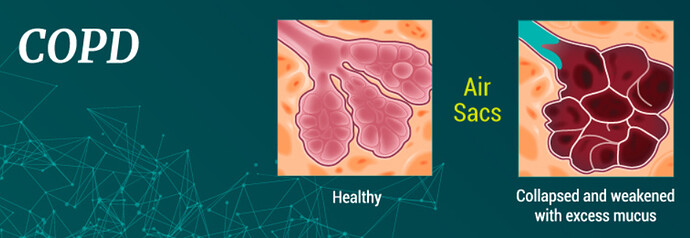Research sheds light on a novel disease mechanism in chronic smokers.
-
Research suggests that an immune signalling protein called interleukin (IL)-26 is increased among chronic smokers with lung disease and this involvement reveals disease mechanisms of interest for developing more effective therapy for these hard-to-treat patients.
-
Chronic tobacco smokers have a substantially increased rate of chronic obstructive pulmonary disease (COPD), chronic bronchitis and bacterial lung infections and these disorders respond poorly to currently available therapies.
-
This is thought to be associated with the accumulation of a type of white blood cell, called neutrophils, in their airways.
-
Researchers found that an immune signalling protein called IL-26 is present at high levels in the lungs of these patients.
-
The researchers believe their work indicates that IL-26 is a promising target to monitor lung disease risk or burden in chronic smokers and that this knowledge could help develop more effective therapies for this difficult-to-treat group in the future.
Karlhans Fru Che, Ellen Tufvesson, Sara Tengvall, Elisa Lappi-Blanco, Riitta Kaarteenaho, Bettina Levänen, Marie Ekberg, Annelie Brauner, Åsa M. Wheelock, Leif Bjermer, C. Magnus Sköld, Anders Lindén. The neutrophil-mobilizing cytokine interleukin-26 in the airways of long-term tobacco smokers. Clinical Science, 2018; 132 (9): 959 DOI: 10.1042/CS20180057
